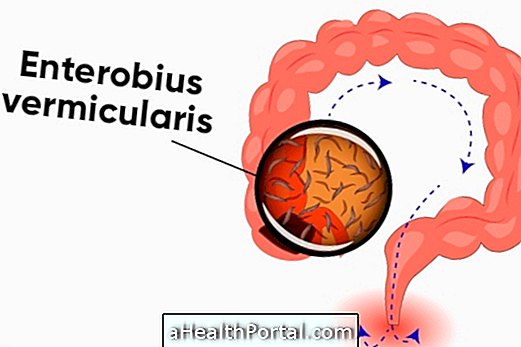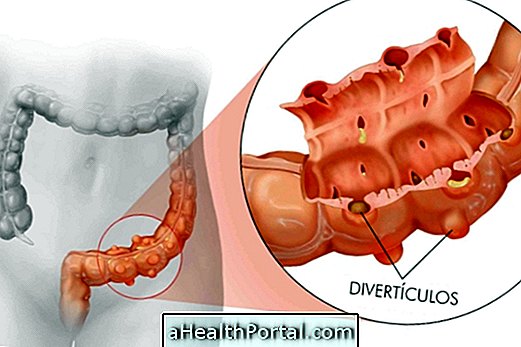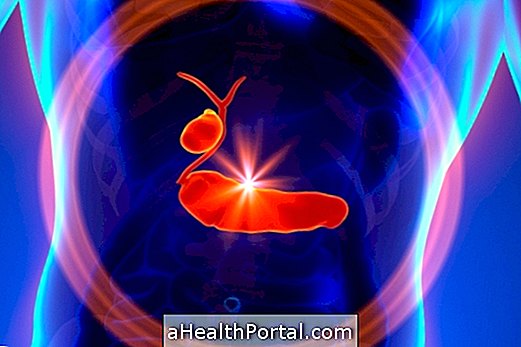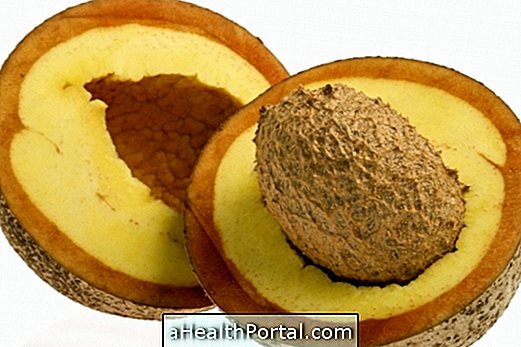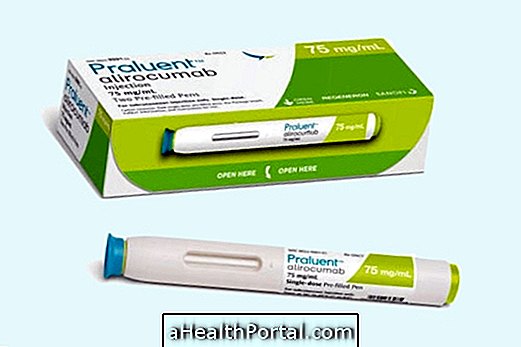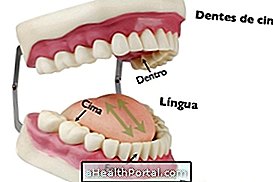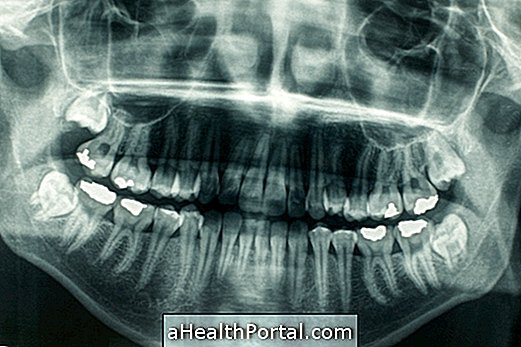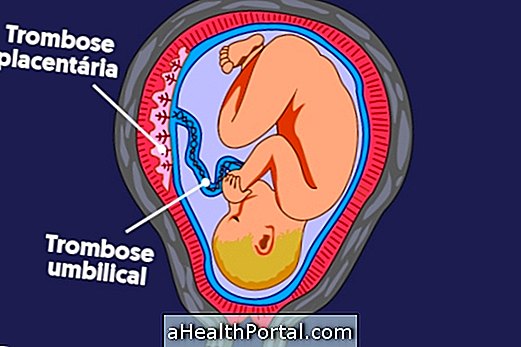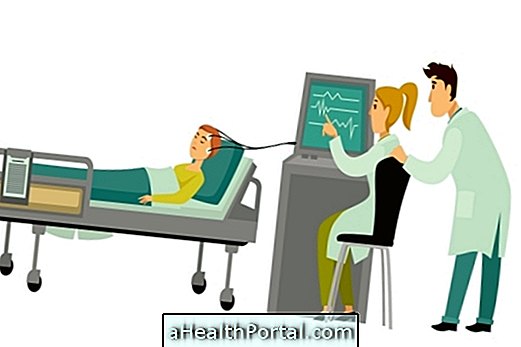Pseudomembranous colitis is an inflammation of the intestine that usually appears in people who are being treated with certain types of antibiotics such as Amoxicillin or Azithromycin due to the overgrowth of Clostridium difficile bacteria in the last part of the intestine, the colon.
Usually, pseudomembranous colitis is more frequent in patients with a weakened immune system and therefore can occur in the elderly, children, patients with autoimmune diseases or who are undergoing chemotherapy.
Pseudomembranous colitis has a cure, and treatment is usually done with antibiotic replacement and probiotic ingestion to balance the intestinal flora.

How is the treatment done?
Treatment for pseudomembranous colitis should be directed by a gastroenterologist and is usually done only by stopping the intake of the antibiotic that caused the problem.
However, in cases where colitis does not disappear after the antibiotic is finished, the doctor may recommend the use of another antibiotic, such as Metronidazole or Vancomycin, as they are specific to eliminate the bacteria that is developing in the intestine.
In more severe cases, where no previous treatment helps alleviate the symptoms of pseudomembranous colitis, your doctor may recommend having surgery to remove a small portion of the affected bowel or try a stool transplant to balance the intestinal flora. Here's how stool transplantation is done.
What are the symptoms
The main symptoms of pseudomembranous colitis include:
- Diarrhea with very fluid consistency;
- Intense abdominal cramps;
- Nausea;
- Fever above 38ºC;
- Stool with pus or mucus.
These symptoms appear about 1 to 2 days after the onset of antibiotic ingestion, but in rarer cases they may also appear a few weeks after the antibiotic is finished.
Thus, if the patient experiences some of these symptoms after using an antibiotic should consult a gastroenterologist or go to the emergency room to diagnose the problem and initiate appropriate treatment.
What is the diagnosis
The diagnosis of pseudomembranous colitis is done by a gastroenterologist through colonoscopy, stool examination or biopsy of material collected from the intestinal wall.
